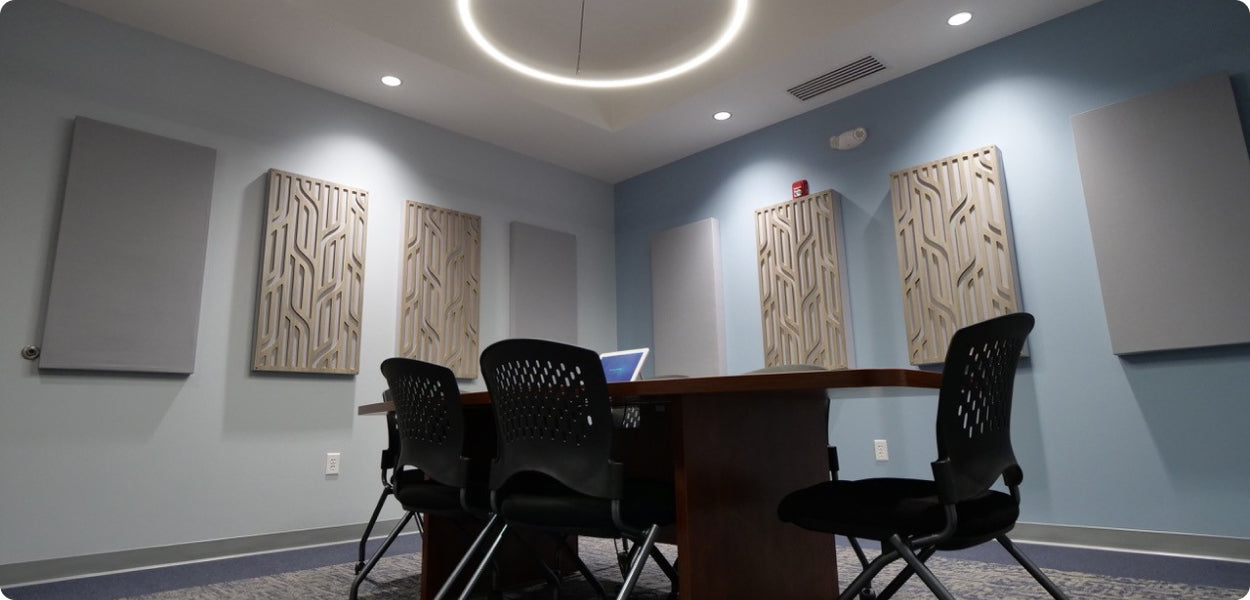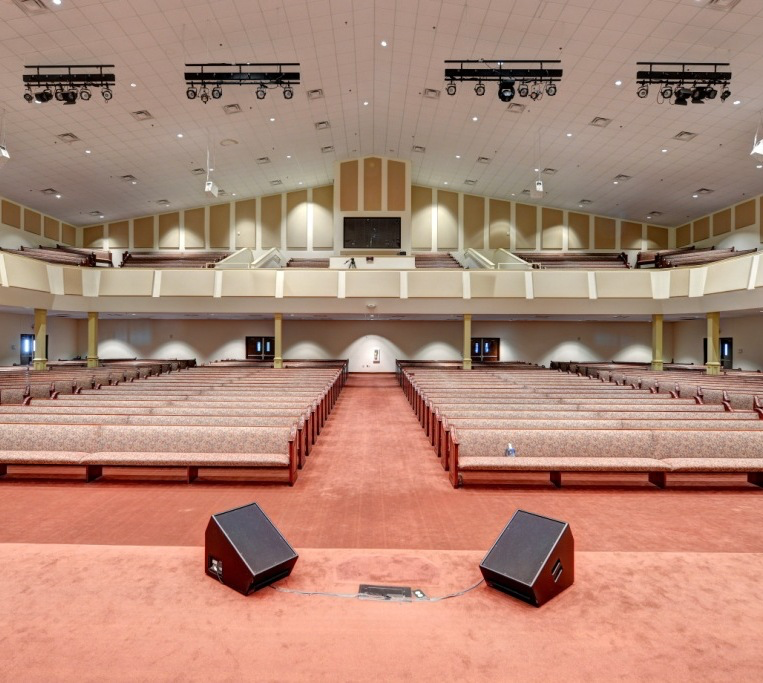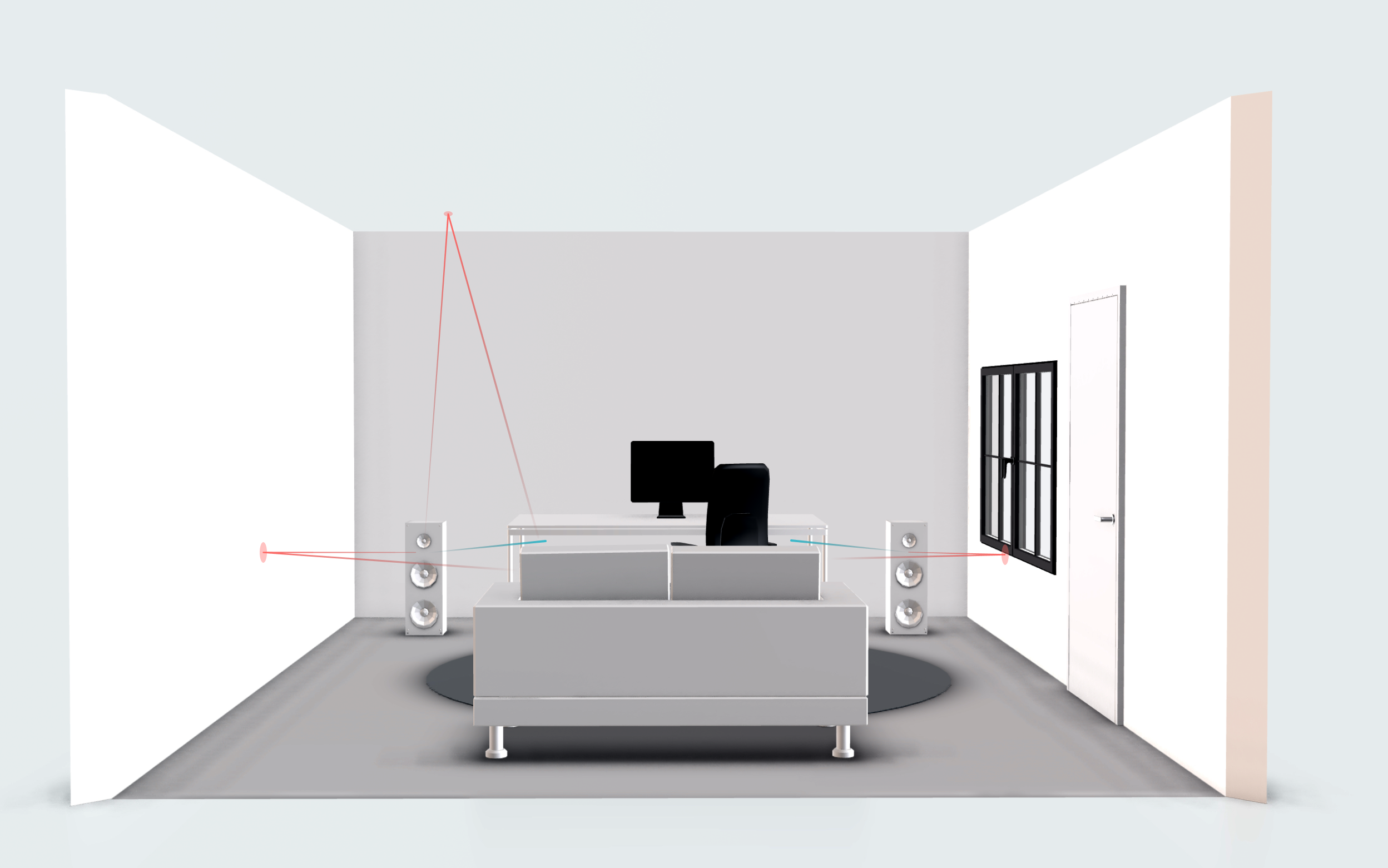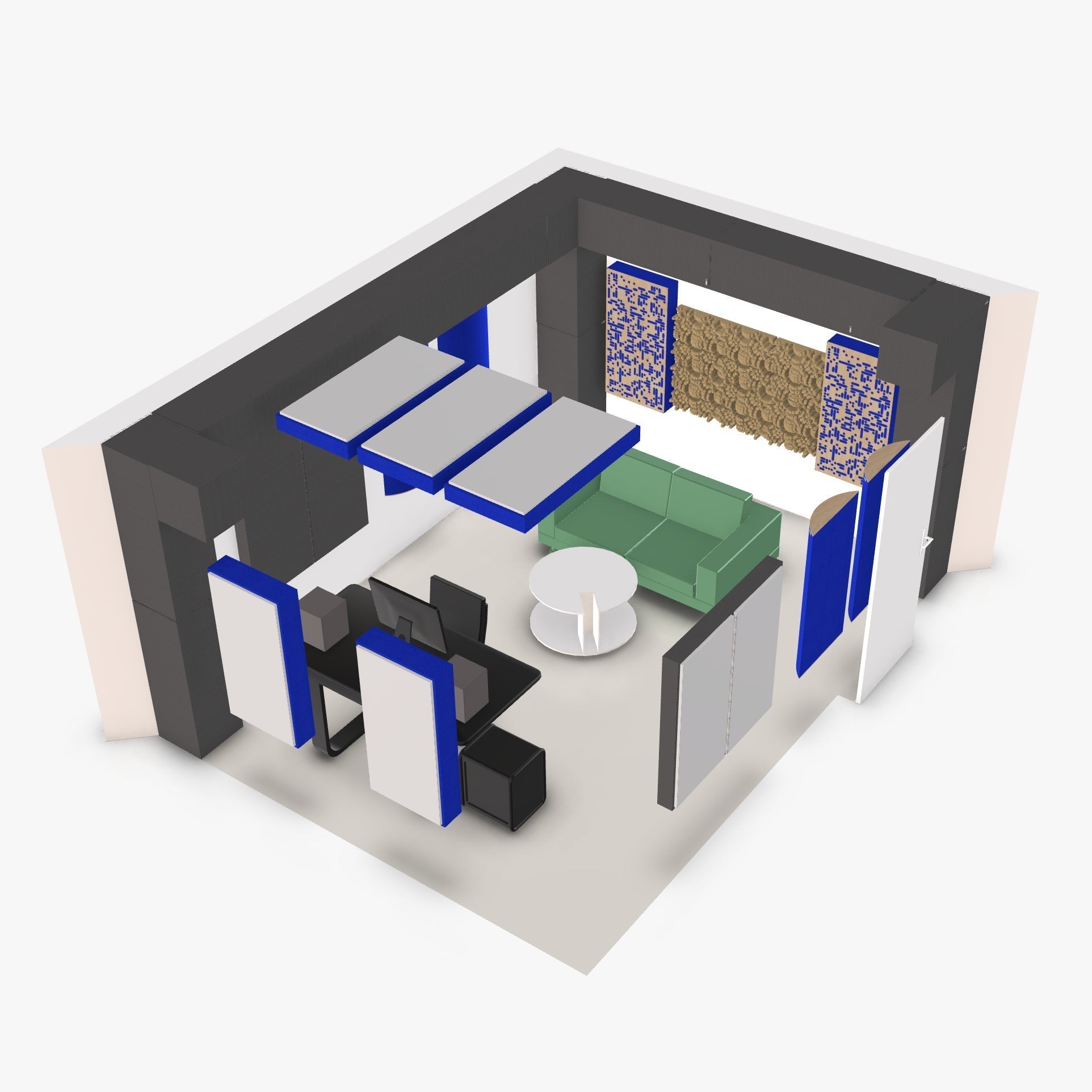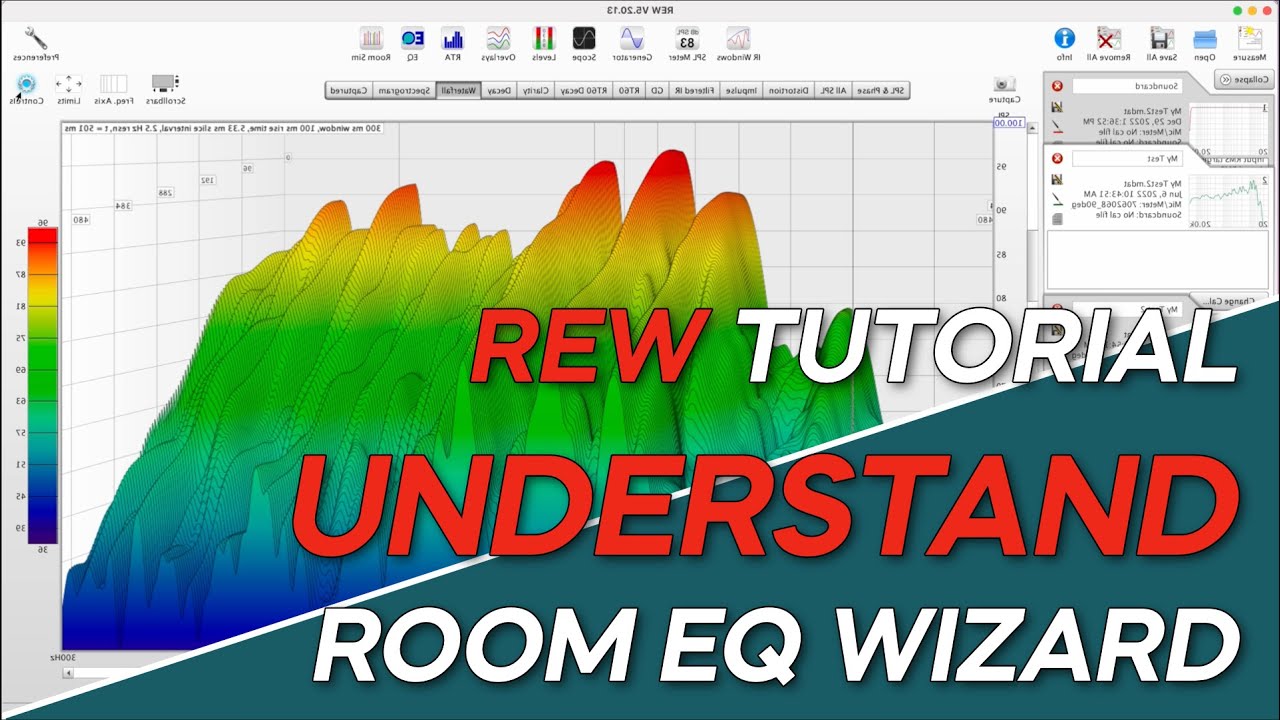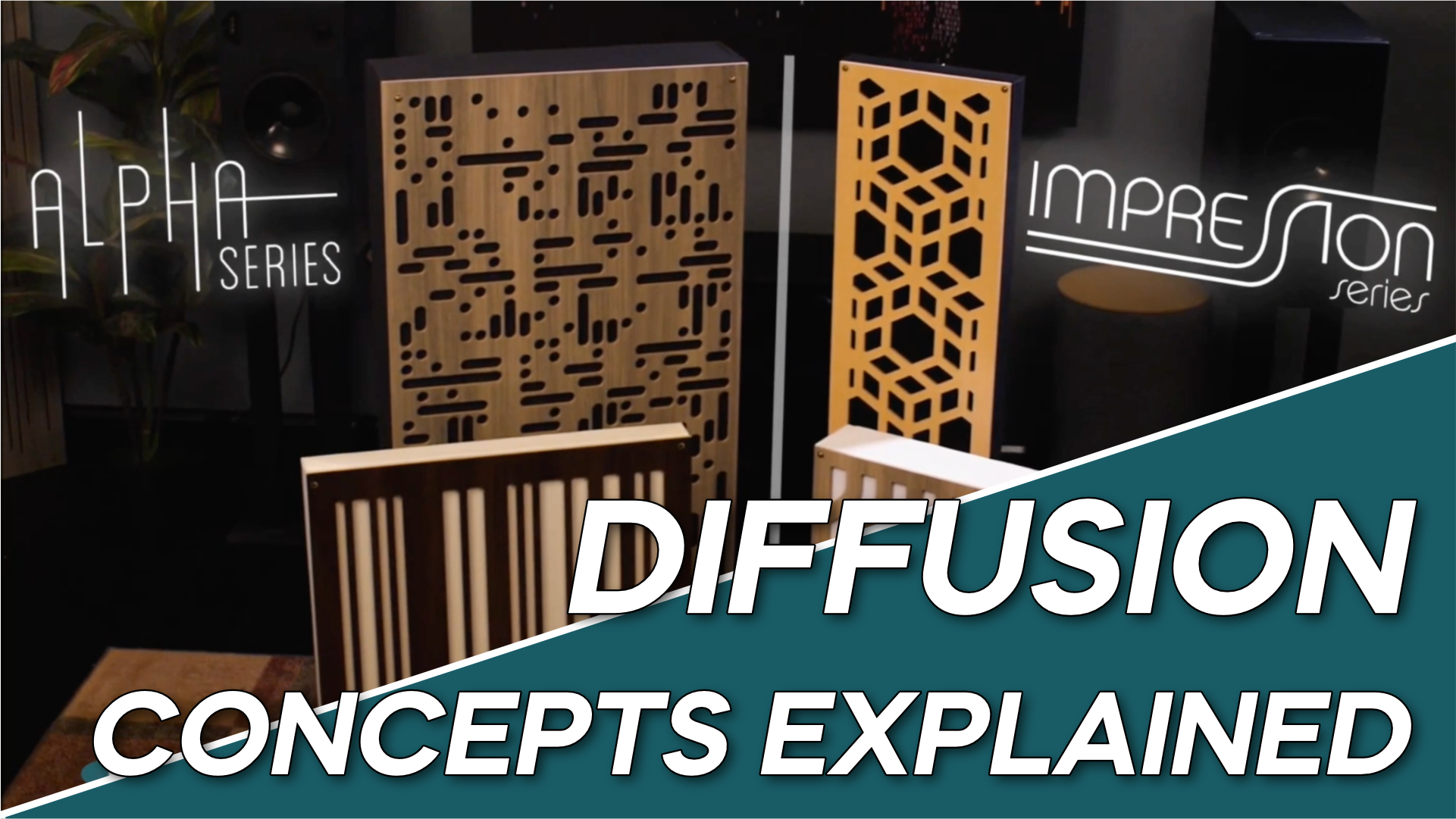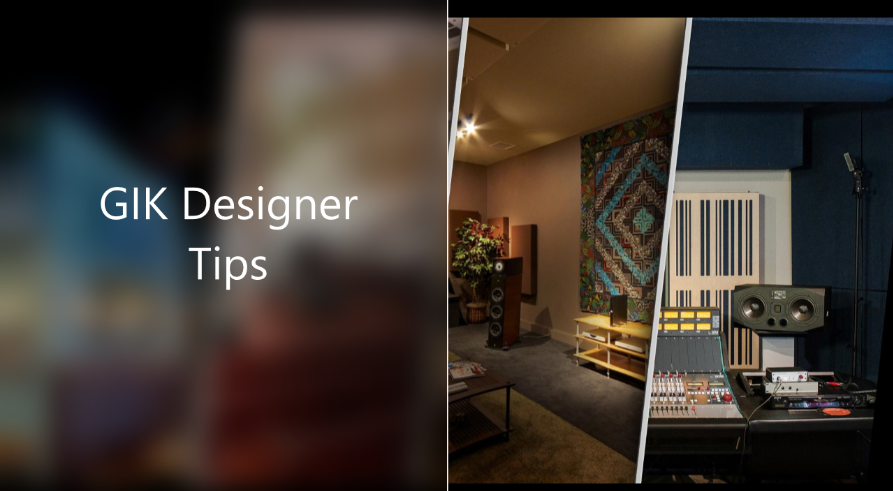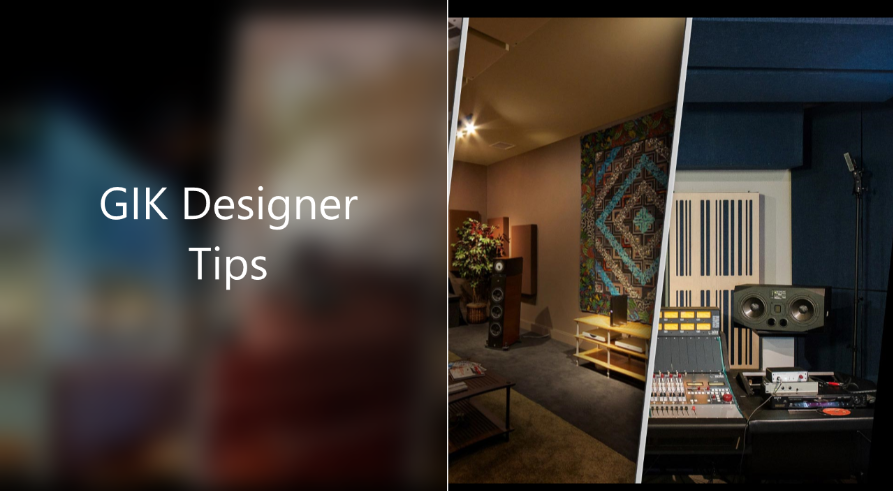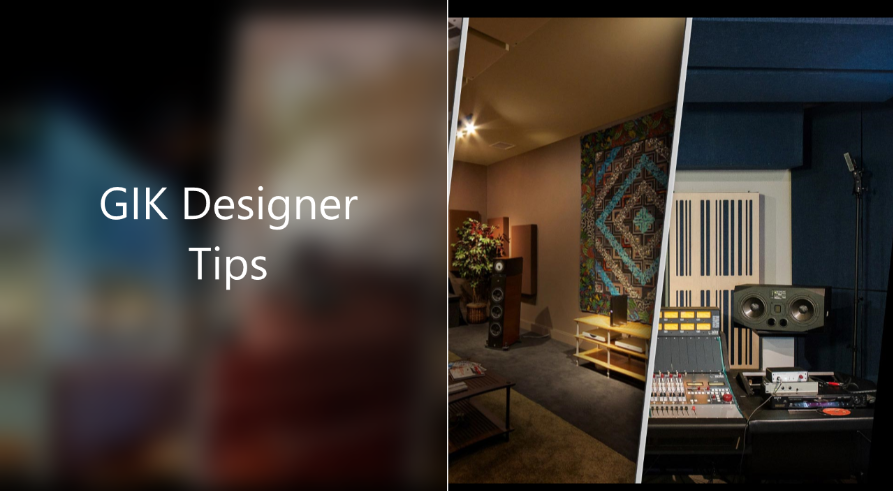Acoustic Panels Calculator
Related Articles
The Importance of a Trustworthy Listening Environment
No matter how good your speakers are, the room you are in imposes misleading coloration, uneven frequency response, harsh comb filtering, and other artifacts that distract us from the audio itself. A great acoustic treatment strategy, along with well-placed speakers you love, can overcome these room colorations and allow you to get closer to your music.
Designer Tips: The Significance of "Clouds" with Mike Major
Designer Tips: The Importance of Coverage Area with James Lindenschmidt
Designer Tips: Home Theaters and Acoustic Balance with John Dykstra
